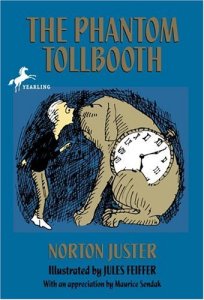 Vernon, U. (2009) Dragonbreath. New York, NY: Dial Books.
Vernon, U. (2009) Dragonbreath. New York, NY: Dial Books.
Review:
Danny Dragonbreath may be a dragon, but he can’t breathe fire. Yet. At the moment, though, he has bigger problems, like the F his teacher gave him on his report on the ocean. Apparently it’s not acceptable to turn in an essay on the fictional Snorklebats and pretend it’s a scientific research paper. Now Danny has just one day to make up his missed assignment or his mom’s going to kill him. So he drags his best friend Wendell to the pier to visit his Uncle Edward, a sea serpent. Perhaps Danny should be more worried about something other than his mom wanting him dead?
With Vernon as the author, a big part of Dragonbreath’s appeal is, of course, the illustrations, which are sprinkled throughout the book. Some appearing where they would in more classic children’s novels, others going on for pages and including comic style speech bubbles. That’s not all this book has to recommend it though, the story was entertaining, the humor spot on, and the characters likable. Personally, I also loved the science information Vernon seamlessly added into her story. You wouldn’t think that a humorous tale about a dragon, an iguana, and a sea serpent would try to include educational, scientific information, but Vernon has a keen understanding of what younger tweens know to be fantasy and a respect for their ability to separate likely fact from clear fiction.
Best for ages 6-10
Author website: http://ursulavernon.com/




